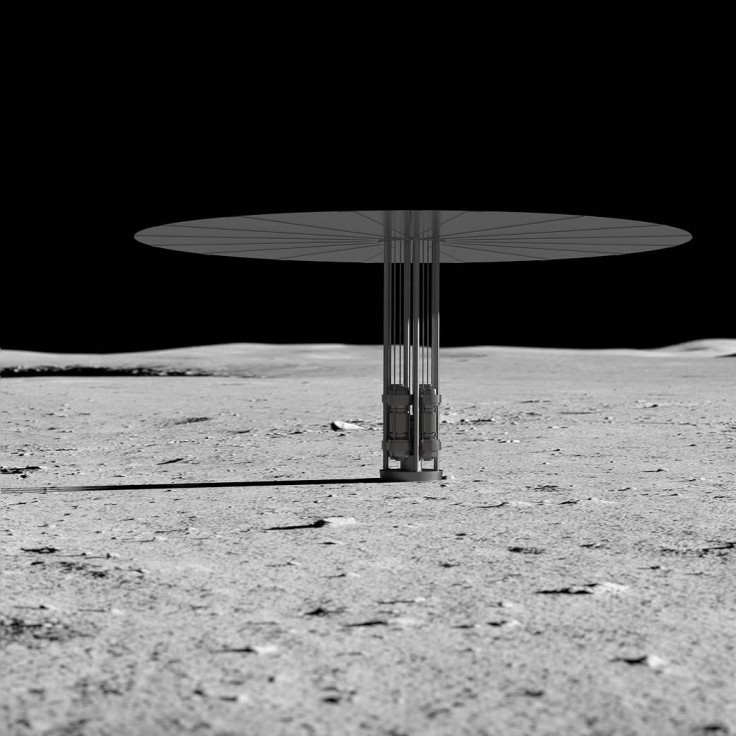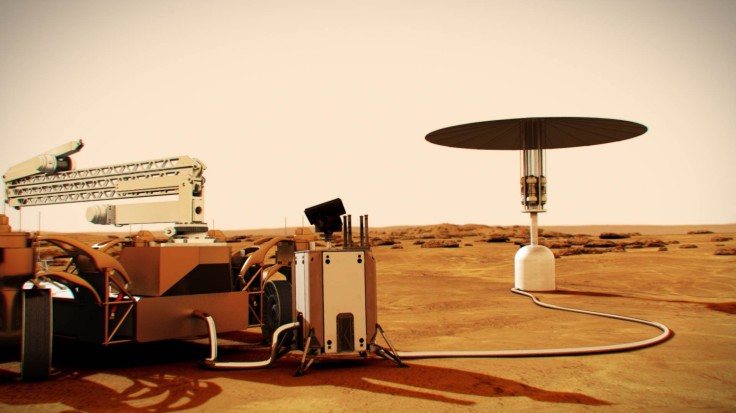Nuclear energy will soon be arriving on the moon.
NASA recently announced that it is working with the US Department of Energy to advance space nuclear technologies and that they have selected three agencies to bring nuclear-based power to the moon under the Artemis missions.
The Artemis missions aim to bring back humanity to the moon along with bringing the first woman and first person of color to its surface.

How NASA Will bring Nuclear Power To The Moon
NASA mentioned in its announcement that it had selected three design concepts for a fission surface power system from three different companies to be demonstrated on the moon at the end of the 2020s.
The fission surface power system the three companies will be developing is expected to be a 40-kilowatt class fission power system that should last at least ten years in the lunar environment.
These three companies are Lockheed Martin of Bethesda, Maryland, Westinghouse of Cranberry Township, Pennsylvania, and IX of Houston, Texas, which is a joint venture of intuitive Machines and X-Energy.
The three companies are not alone in bringing to life their design concepts for a fission surface power system. Lockheed Martin will partner with BWXT and Creare, while Westinghouse will work with Aerojet Rocketdyne.
Meanwhile, Intuitive Machines and X-Energy's joint venture, IX, will be collaborating with Maxar and Boeing.
The Department of Energy (DOE) will award the three companies 12-month contracts through its Idaho National Laboratory, with the contracts valued at approximately $5 million each. This amount is expected to fund the development of the companies' initial design concepts for their fission surface power system.
Idaho National Laboratory Director John Wagner said that NASA's Fission Surface Power project is a "very achievable first step" toward the United States establishing nuclear power on the moon's surface and that he looks forward to what each of the companies will accomplish.
Meanwhile, Jim Reuter, associate administrator for NASA's Space Technology Mission Directorate, stated that new technologies will get us to explore the moon, Mars, and eventually, beyond our solar system. He also mentioned that by allowing the companies to develop their designs, NASA would soon be set to lay the foundation needed to power its long-term human presence in other worlds.
What Is a Fission Surface Power System?

A fission surface power system is a relatively small and light power system compared to the ones we use every day, according to a separate NASA post. It is capable of providing continuous electrical power regardless of its location, weather, available sunlight, and other natural resources.
NASA theorizes that this power system will be powerful enough to enable astronauts to operate on the moon and Mars.
The system builds on previous NASA projects such as the SNAP-10A, NASA's Kilopower project, and recent developments in commercial nuclear power and fuel technology.
In fact, the 40-kilowatt system NASA wants the three companies to develop is expected to run 30 households for ten years without any downtime.









